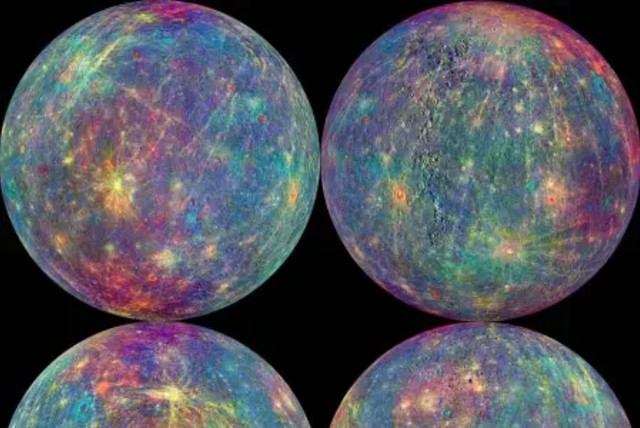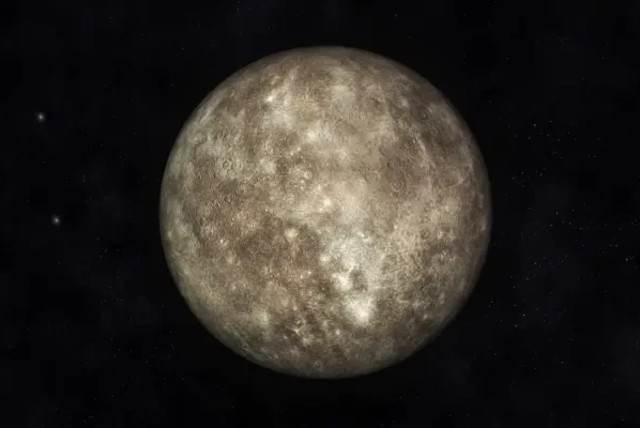Could life exist on Mercury? Researchers present new evidence

Astronomers speculate that beneath the scorching surface of Mercury, the closest dwarf planet to the sun, there could be signs of life. Recent discoveries have led to this intriguing possibility.
A groundbreaking study conducted at the Institute for Planetary Research, using data from NASA's MESSENGER mission, presents an intriguing hypothesis: life may exist beneath the surface of the hottest and nearest planet to the sun, Mercury.
Researchers believe that the subsurface briny ice on Mercury, containing volatile substances like water, ammonia, and carbon dioxide, could potentially provide a habitat for life, similar to certain areas on Earth.
"This research prompts us to explore the idea that the subsurface regions of Mercury might hold more secrets than its barren surface suggests," stated Dr. Alexis Rodriguez, the lead researcher of the study, in an interview with The Mirror. By investigating the geology of Mercury's northern hemisphere, the MESSENGER mission uncovered evidence of salt flow in the Raditladi and Eminescu basins.
Unlike regular ice on Earth, these formations consist of salt intertwined with water, ammonia, and carbon dioxide. Deep layers beneath the surface, created by meteorite impacts, have contributed to the formation of these icy structures.
Although the average temperature on a hot planet reaches a scorching 430 degrees Celsius, and the atmopshere is full of volatile substances, the research team managed to pinpoint the original locations of the cryo-volcanoes by comparing them to similar formations on Earth.
"Our models confirm that these cryo-volcanoes were most likely formed by flowing salt, which incorporated volatile substances for over a billion years," explained Dr. Rodriguez.
Finding new locations suitable for life
Dr. Rodriguez added, "The specific salt compositions found on Earth create extreme habitats where they thrive, such as the Atacama Desert in Chile." Prior to this discovery, experts believed that such a hot planetary body was unsuitable for sustaining life due to its extreme temperature fluctuations, lack of atmosphere, and constant solar radiation. However, similar to Earth's habitable "Goldilocks Zone" - the optimal distance from the sun - researchers believe that the existing system at the core of the planet exhibits similar characteristics.
"This groundbreaking discovery of cryo-volcanoes on a hot planet expands our understanding of the environmental factors that can support life and provides crucial insights into the field of astrobiology. It also enhances the relevance of exploring the potential for life on exoplanets with hot star-like features," concluded Dr. Rodriguez.
Jerusalem Post Store
`; document.getElementById("linkPremium").innerHTML = cont; var divWithLink = document.getElementById("premium-link"); if (divWithLink !== null && divWithLink !== 'undefined') { divWithLink.style.border = "solid 1px #cb0f3e"; divWithLink.style.textAlign = "center"; divWithLink.style.marginBottom = "15px"; divWithLink.style.marginTop = "15px"; divWithLink.style.width = "100%"; divWithLink.style.backgroundColor = "#122952"; divWithLink.style.color = "#ffffff"; divWithLink.style.lineHeight = "1.5"; } } (function (v, i) { });


